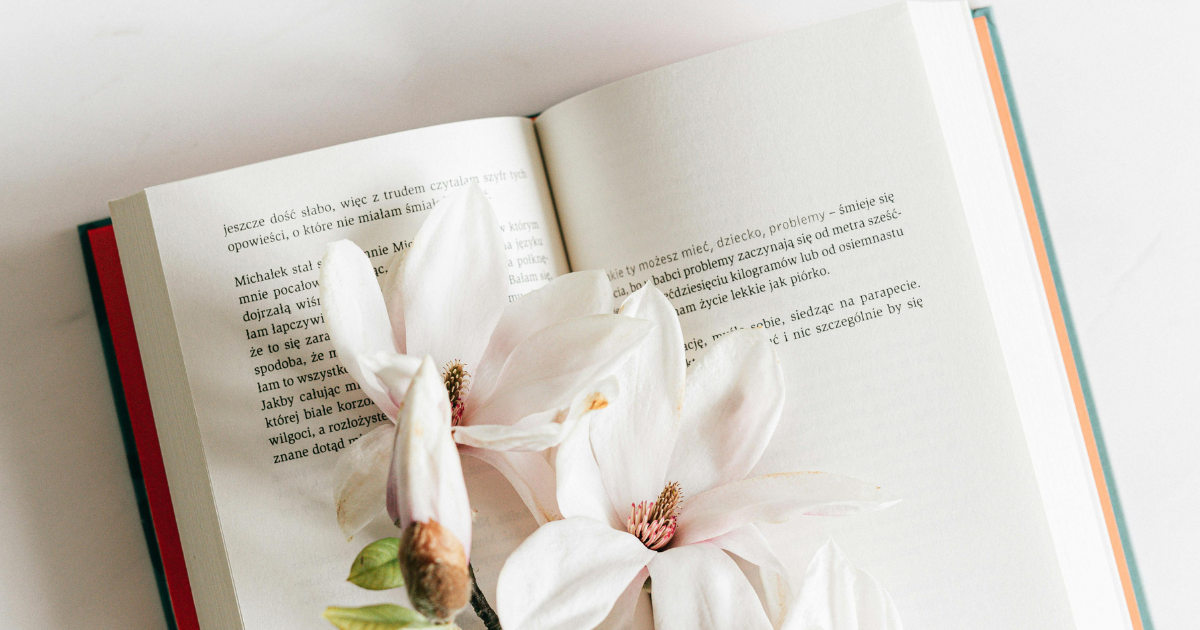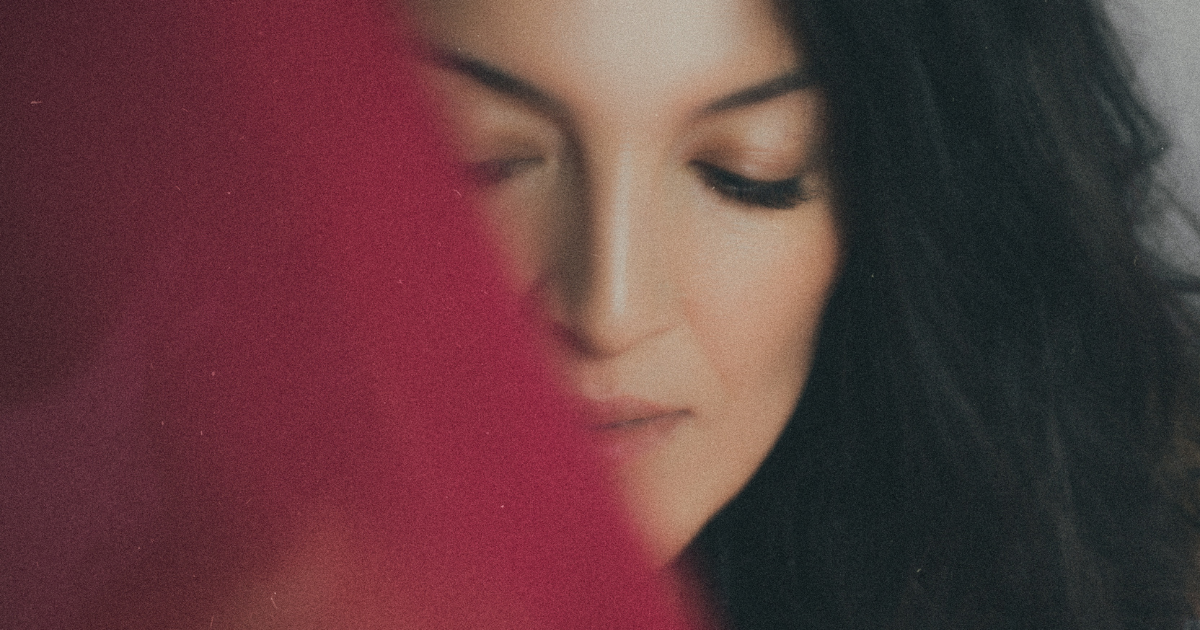Contemporary female pastelists
The versatility of the "pastel" technique in the works of modern female artists

Originally considered a supplementary technique, pastels gradually won the hearts of European artists. Having embarked on its journey back in the 17th century and reaching its peak in the 19th century, pastel has since become one of the primary tools of artistic expression.
Today, pastel opens up numerous possibilities for artists, thanks to its extensive range of expression, evident in its shifting shades. The most vivid aesthetic qualities of pastel lie in its soft, velvety texture and matte finish. This enchanting softness and lively color attracted the attention of artists from the 17th and 18th centuries (mainly portraitists) as well as 19th-century Impressionists, who focused on capturing even the slightest nuances of air and light. Notably, unlike other techniques, pastel doesn’t require any preparation, such as adding water, and can be used instantly, making it highly convenient for work outside the studio.
The brightness of its pigments, their longevity, and the ease of application are among the strongest advantages of this material. Perhaps no other painting technique captures delicacy and ambiance as accurately as pastel does. When looking at pastel artworks, they seem to be wrapped in velvet or velour, embraced by a gentle breeze.
Felicity House
British artist Felicity House creates unique works that are instantly recognizable. In her drawings, the main emotional message is defined by large blocks of color, while secondary elements remain as light pencil sketches. She describes her process as follows:
"Drawing is the foundation of my work. Instinctively searching for lines and shapes that interest me the most, I create drawings and paintings directly from the subject, using a fresh eye and a lively hand. I enjoy working within the inevitable constraints of time. I intuitively edit and respond with spontaneous expressive marks to create a vital equivalent."
She predominantly works with pastels, which connects color to drawing, making it direct, fresh, and vibrant. However, her subjects often dictate other artistic media—she might work with ink, watercolor, pastel, or oil paints.
Travel and discovering new places are sources of inspiration for Felicity House. Her works frequently feature domestic themes, capturing the intricate details of charming interiors. Of course, figures and portraits also remain a favorite subject of hers.
Christine Swann
Famous for her pastel portraits, Christine Swann started as a graphic designer and is now an award-winning artist on an international level. Her portraits, with their distinctive features—wrinkles on a wise face, hair drenched in sunlight, or bare feet—are bound to captivate art enthusiasts.
Through portrait painting, Christine seeks to understand people and their stories. Her approach to creating a portrait is so powerful and expressive that she has named it the "portrait of personality."
Her technique is built upon five distinct stages: The first stage involves an accurate and detailed drawing done entirely in pastel. The second step, which the artist finds the most thrilling, is called the "yellow stage," where Swann highlights all the light and less light areas of the face using a yellow pencil. The third stage is what she calls the "crazy colors or rainbow colors stage," which is her playful way of conveying skin tones. The fourth stage, "the true color stage," is when the artist consciously thinks about the real color. It’s at this stage that the portrait begins to take on a three-dimensional form.


